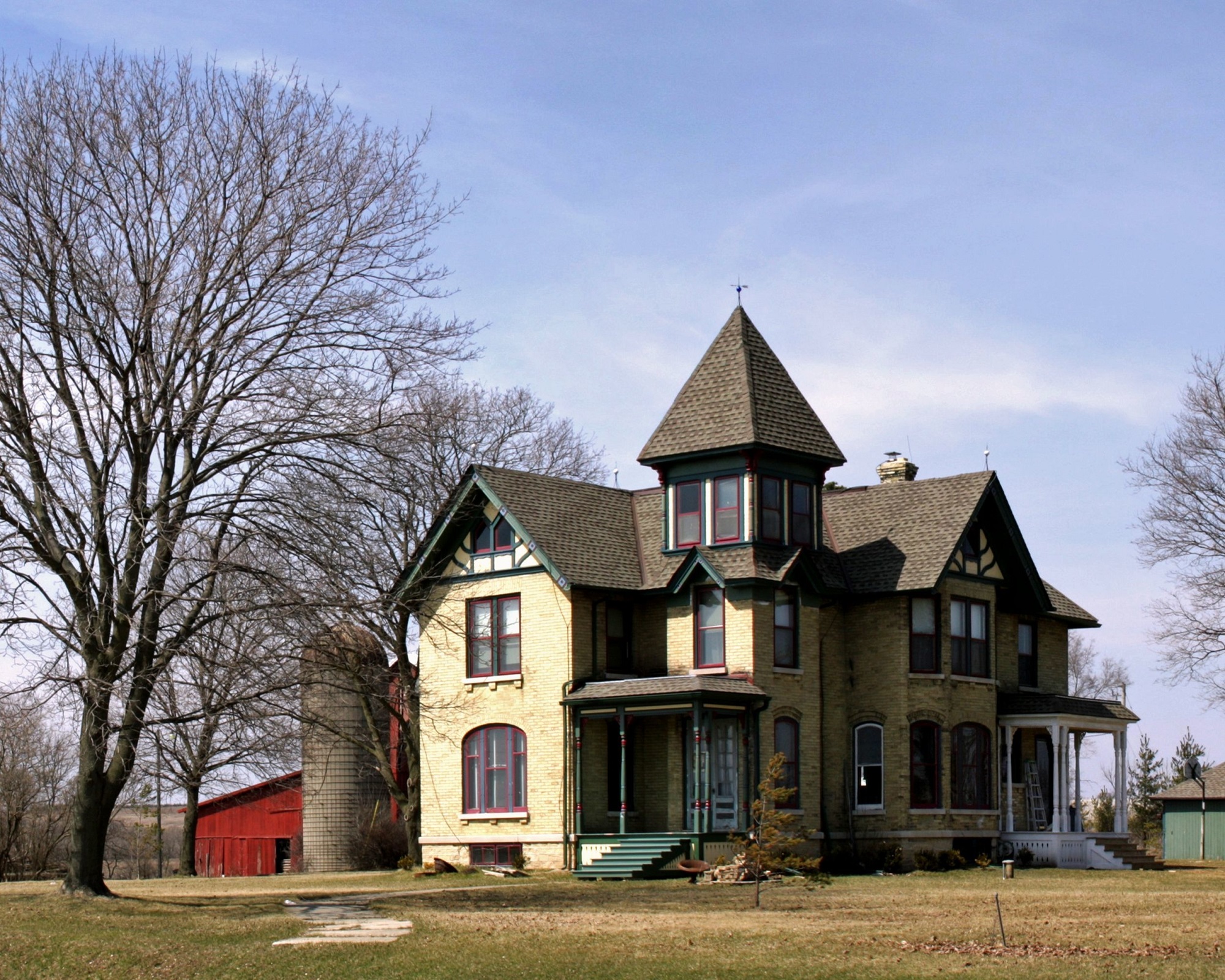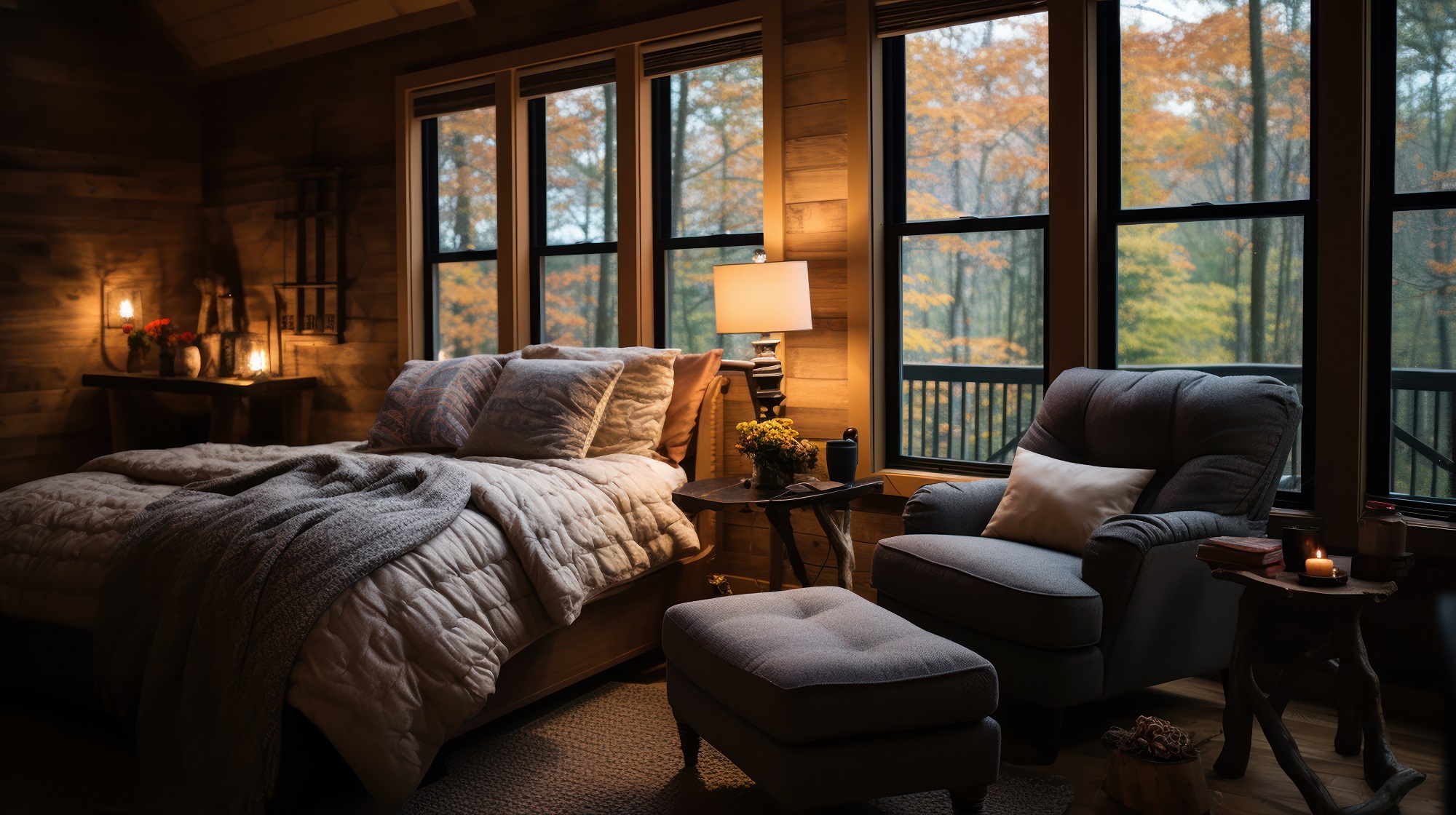Introduction
Buffalo, New York, a city steeped in history and architectural splendor, is experiencing a renaissance in modern home design. As the Queen City continues to evolve, so too do the trends in masonry, with a focus on seamlessly blending contemporary aesthetics with the diverse architectural styles that characterize Buffalo. In this blog post, we’ll delve into the top five masonry trends that are not only reshaping the physical landscape but also enhancing the beauty and functionality of modern homes in Buffalo.
Artisan Revival: Intricate Brickwork and Detailing

Background:
In Buffalo’s ever-evolving masonry landscape, there is a notable resurgence of appreciation for artisanal craftsmanship. This movement signifies a return to the meticulous artistry that characterized traditional brickwork. The revival places a strong emphasis on the tactile and aesthetic qualities of masonry, with a focus on intricate brickwork, herringbone patterns, decorative detailing, and bespoke designs. Craftsmen are once again leveraging their skills to create unique and visually stunning masonry features that stand as testaments to the enduring value of traditional craftsmanship.
Complementing Architectural Styles:
This trend is not merely a stylistic choice but a deliberate homage to Buffalo’s historic charm. By incorporating artisanal brickwork into modern homes, builders and homeowners are bridging the gap between the past and the present. The intricate detailing and herringbone patterns, reminiscent of craftsmanship from bygone eras, seamlessly integrate with Buffalo’s diverse architectural styles. This includes everything from the ornate designs of Victorian homes to the clean lines of mid-century modern architecture. In Victorian homes, for instance, the revival of artisanal craftsmanship might manifest in meticulously crafted brick facades, featuring decorative elements that echo the opulence of the era. On the other hand, in mid-century modern homes, the use of bespoke brickwork can add a touch of individuality and warmth to the clean lines and simplicity characteristic of this architectural style.
The artisan revival doesn’t seek to replicate the past but rather to draw inspiration from it, infusing modern constructions with a sense of character and authenticity. It’s a nod to the skilled craftsmen of yesteryear while adapting their techniques to suit contemporary design preferences. In doing so, this trend not only enhances the visual appeal of modern homes but also contributes to the narrative of Buffalo’s architectural evolution, creating residences that are both timeless and in tune with the city’s rich history.
Rustic Elegance: Weathered and Textured Masonry Finishes
Background:
In the heart of Buffalo, a city deeply rooted in its industrial history, a trend is emerging that pays homage to its robust past. The embrace of weathered and textured masonry finishes reflects a desire to connect with Buffalo’s industrial roots. This trend goes beyond the pristine and polished, opting instead for finishes that tell a story of time and resilience. From aged bricks to textured concrete, the choice of materials imparts a sense of history and character to modern homes, creating an atmosphere of rustic elegance.

Complementing Architectural Styles:
The allure of weathered and textured masonry finishes lies in their ability to seamlessly complement Buffalo’s diverse architectural styles. The city boasts an eclectic mix of buildings ranging from historic Victorian residences to more modern and minimalist structures. The juxtaposition of these textured finishes with traditional architectural elements creates a dynamic interplay that resonates exceptionally well with Buffalo’s architectural diversity.For Victorian homes, the weathered finish may evoke a sense of nostalgia, mimicking the patina that naturally develops on aged bricks over time. This not only aligns with the historical context of Buffalo but also adds a touch of sophistication to the ornate detailing characteristic of Victorian architecture.
In contrast, for more contemporary homes, textured concrete finishes might be employed to introduce an industrial edge, paying homage to Buffalo’s industrial heritage. The combination of these modern textures with traditional architectural elements creates a unique visual harmony, breaking away from the conventional while honoring the city’s rich history.
This trend doesn’t shy away from imperfections; instead, it celebrates them as integral components of a building’s narrative. It transforms the facade of modern homes into a canvas that reflects the resilience of Buffalo, telling a story of endurance and adaptability. As homeowners and builders gravitate towards weathered and textured masonry finishes, they contribute to Buffalo’s architectural tapestry, creating residences that are not only elegant but also deeply rooted in the spirit of the city.
Harmony in Material Fusion: Stone and Metal Accents
Background:
In the ever-evolving landscape of Buffalo’s modern architecture, a trend is emerging that harmoniously blends the timeless with the contemporary. This trend is characterized by a fusion of traditional and modern materials, with a particular emphasis on the interplay between sleek metal accents and classic stone elements. The result is a visual symphony that not only adds depth and intrigue but also exemplifies the adaptability of masonry to the dynamic needs of modern design.
Complementing Architectural Styles:
This trend transcends the boundaries of time and style, seamlessly integrating with Buffalo’s diverse architectural heritage. Modern masonry in Buffalo is undergoing a renaissance by embracing a fusion of stone and metal accents. The use of sleek, industrial-inspired metals alongside the enduring elegance of classic stone creates a captivating contrast that resonates across various architectural styles.In historic neighborhoods, where brownstones and brick facades dominate the scenery, this fusion trend introduces a contemporary twist. Sleek metal accents might be incorporated into window frames, railings, or decorative elements, providing a modern counterpoint to the traditional masonry surroundings.
In newly developed areas, where modern design takes center stage, the combination of stone and metal brings sophistication and depth to minimalist structures. Stainless steel or black metal accents can be used to frame stone facades, creating a visual impact that aligns with the clean lines and simplicity often associated with contemporary architecture.
The versatility of this trend is one of its defining features. It seamlessly bridges the gap between historical and modern architecture, catering to the architectural diversity that defines Buffalo. Whether it’s the revival of a historic brownstone or the construction of a cutting-edge residence in a newly developed area, the fusion of stone and metal resonates with the city’s character, reflecting its ability to embrace the past while looking towards the future.
As Buffalo continues to evolve architecturally, the harmony in material fusion stands as a testament to the city’s adaptability and commitment to creating homes that are not only functional but also visually compelling in their synthesis of tradition and innovation.
Green Oasis: Vertical Gardens and Living Walls
Background:
As Buffalo responds to the growing call for sustainable living practices, a notable trend is taking root in the city’s masonry scene— the embrace of greenery. This trend goes beyond traditional landscaping by incorporating vertical gardens and living walls into modern homes. Beyond the aesthetic appeal, these green installations contribute to the city’s commitment to environmental well-being, transforming structures into eco-friendly havens.
Complementing Architectural Styles:
Well-suited for urban spaces, vertical gardens and living walls are gaining prominence in Buffalo, seamlessly complementing the city’s diverse architectural styles. This trend not only adds a touch of nature to modern homes but also aligns with Buffalo’s commitment to sustainability, offering a harmonious balance between the built environment and nature.In historic neighborhoods with limited ground space, vertical gardens become a creative solution. These green installations can adorn exterior walls, breathing life into traditional brick facades and adding a contemporary touch to historic homes. The juxtaposition of lush greenery against classic masonry creates a visually striking and refreshing contrast.
In newly developed urban areas, where space may be limited, the integration of living walls becomes a sustainable design choice. These installations serve as both a functional and decorative element, contributing to the visual appeal of modern structures while promoting environmental well-being.
This trend is not just about aesthetics; it’s a testament to Buffalo’s dedication to sustainability. Vertical gardens and living walls enhance insulation, improve air quality, and provide habitat for beneficial insects. They represent a commitment to the well-being of both residents and the surrounding ecosystem.
Buffalo’s embrace of the Green Oasis trend showcases a city that recognizes the importance of integrating nature into the built environment. As the city continues to evolve, these living installations serve as green beacons, illustrating Buffalo’s dedication to a sustainable and harmonious future where architecture and nature coexist in a beautiful and mutually beneficial dance.
Adaptive Reuse: Repurposing Historical Masonry
Background:
Buffalo stands as a city deeply committed to preserving its historical identity, and this commitment is vividly reflected in the architectural trend of adaptive reuse. In this innovative approach, historical masonry elements, including reclaimed bricks and salvaged architectural features, are being repurposed and given new life in the construction of modern residences. This not only pays homage to Buffalo’s rich history but also showcases a sustainable and forward-thinking approach to contemporary living.
Complementing Architectural Styles:
The trend of adaptive reuse is a seamless integration of historical charm with the requirements of contemporary living, resulting in homes that are both rooted in the past and forward-looking. This approach transcends architectural styles, creating a unique blend that resonates with Buffalo’s diverse built environment.In historic neighborhoods, where the echoes of Buffalo’s past are most pronounced, adaptive reuse takes the form of repurposing old industrial buildings, factories, or warehouses. The reuse of historical masonry elements preserves the character of these structures, transforming them into unique and stylish residences that honor the city’s industrial heritage.
In more modern settings, the integration of reclaimed bricks and salvaged architectural features adds a touch of authenticity to new constructions. Whether it’s the incorporation of aged bricks into a sleek contemporary facade or the use of salvaged window frames from a bygone era, the result is a harmonious marriage of old and new.
This trend not only reduces the environmental impact of new construction but also brings a sense of narrative to the homes. Each salvaged brick or architectural detail carries with it a story, connecting the present inhabitants to the history of the city. It’s a living testament to Buffalo’s dedication to its roots while embracing progress.
Adaptive reuse in masonry is not merely a design choice; it’s a philosophy that embodies Buffalo’s commitment to sustainability, historical preservation, and the creation of homes that tell a story of endurance and transformation. As Buffalo continues to evolve, adaptive reuse stands as a shining example of how the city is turning its history into a cornerstone for a vibrant and sustainable future.
Conclusion
As Buffalo strides confidently into the future, the masonry trends shaping modern homes reflect a city that honors its heritage while embracing innovation. From the revival of artisan craftsmanship to the integration of sustainable elements, these trends are not just building structures; they are crafting a narrative that pays homage to Buffalo’s rich architectural tapestry. As homeowners and builders continue to draw inspiration from the city’s past, Buffalo’s modern masonry trends promise a future where tradition and innovation coalesce in harmony.





